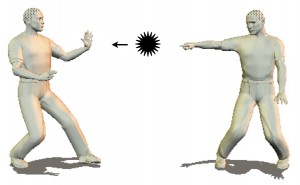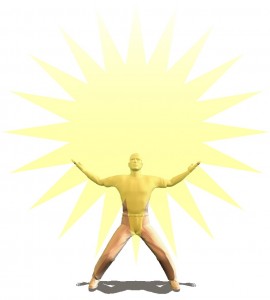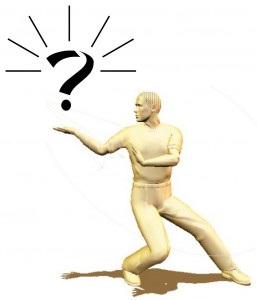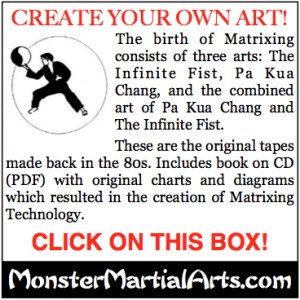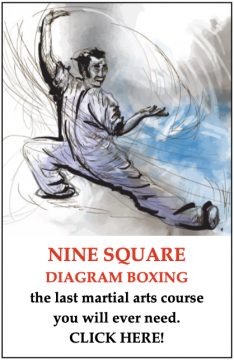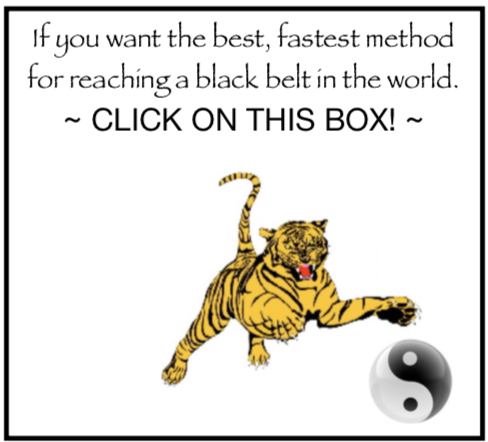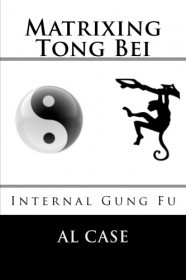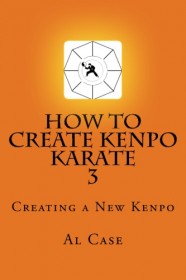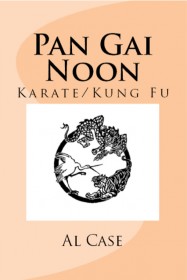When it comes to building that thing called chi energy, tai chi kung fu is one of the best. What’s interesting is that the principles used in that martial art can be used in Karate, taekwondo, aikido, or whatever. The central principles being utilized, you see, are pretty universal.
One of the first practices one might find, if one finds a good tai chi chuan style, is ‘holding the bowl.’ This is an easy practice, at least for the first few minutes…smile. One simply goes into an hourglass position, back very slightly rounded, and holds the arms as if embracing a large pot.
The first challenge in this stance is that of the mental aspect. One’s mind starts to have thoughts, and these thoughts are a distraction. Once one has dedicated himself to getting past this phenomena, the mind thoughts start to disappear.
The second challenge in doing this drill is physical in nature. After sixty minutes or so, the body tends to get riled. It doesn’t want to run energy through it, it doesn’t want the discipline, and it will shake and shimmy and and even try to get sick.
Just ignore the mental yak yak, and forget the body protest, and focus yourself on the stillness of the mind (listening to the universe), and move chi power through the body. After a short while of holding the pot one will start to feel chi energy vibration, and there are many things you can do with this energy. You can move the power around the ‘pot’ of the upper limbs, you can circle it around the meridian running through the center of the front and back of the body, and you can do all sorts of other things.
What is of importance is that this posture has heavy martial arts function. After becoming competent at this posture, doing the karate kata called Sanchin will reveal amazing amounts of subtle chi power. One’s martial arts abilities will truly start to glow.
This exercise, incidentally, is based on one of the ten arm positions, as discussed in ‘The Perfect Technique,’ (Quality Press). Thus, it becomes an important technique for martial arts studies. The central principle behind this book is that there are only ten positions the arms can take that will ‘run’ chi power, and that the position of the limbs in the ‘holding the bowl’ exercise, as done in tai chi martial arts, is the first and probably the most critical of these arm positions.
Study the logical way of growing <a href=”http://www.monstermartialarts.com/Matrixing_Chi.html”>Chi Power</a> through arts like Shaolin and <a href=”http://www.monstermartialarts.com/Five_Army_Tai_Chi_Chuan.html”>Tai Chi Chuan</a>. Go to Monster Martial Arts, and make sure you pick up a free martial arts book.
